Background
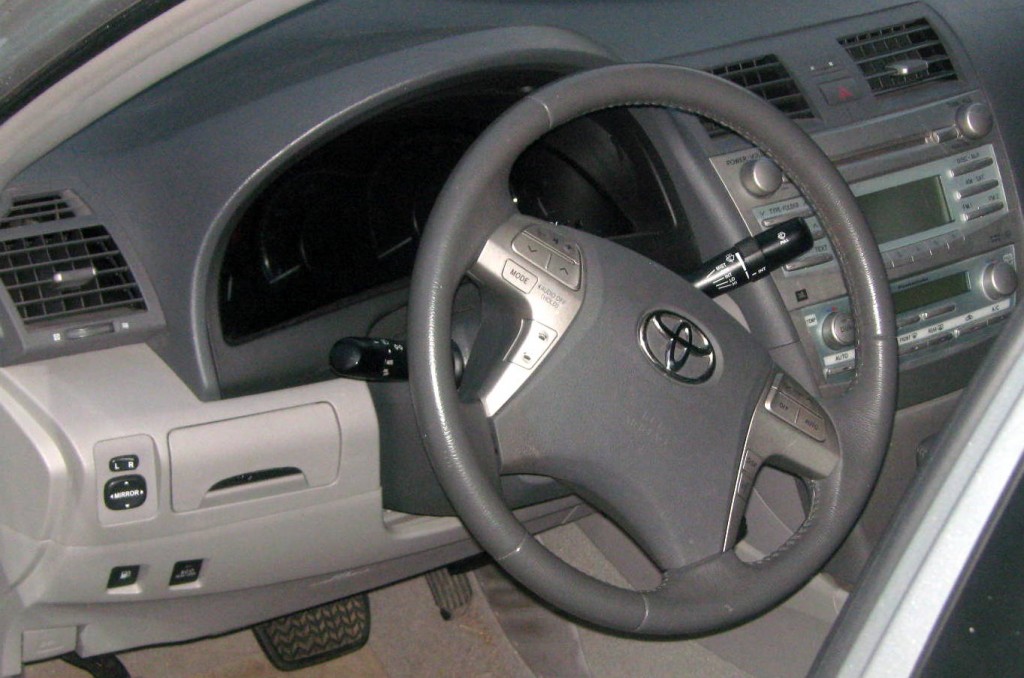 |
| Power steering |
The terms “power assist” and “mechanical assist” are used loosely in general industry, but generally refers to any device that actively aids the human in performing a task. Typically, the purpose of the assist is to reduce exertion, either by using a powered device or even a spring-loaded one. The key concept is that it does not replace the human, rather assists.
One of the most common examples is power steering. The technology does not eliminate the driver’s role in turning the steering wheel, rather it just eliminates the heavy force.
Common options for improvement
Air and hydraulic cylinders
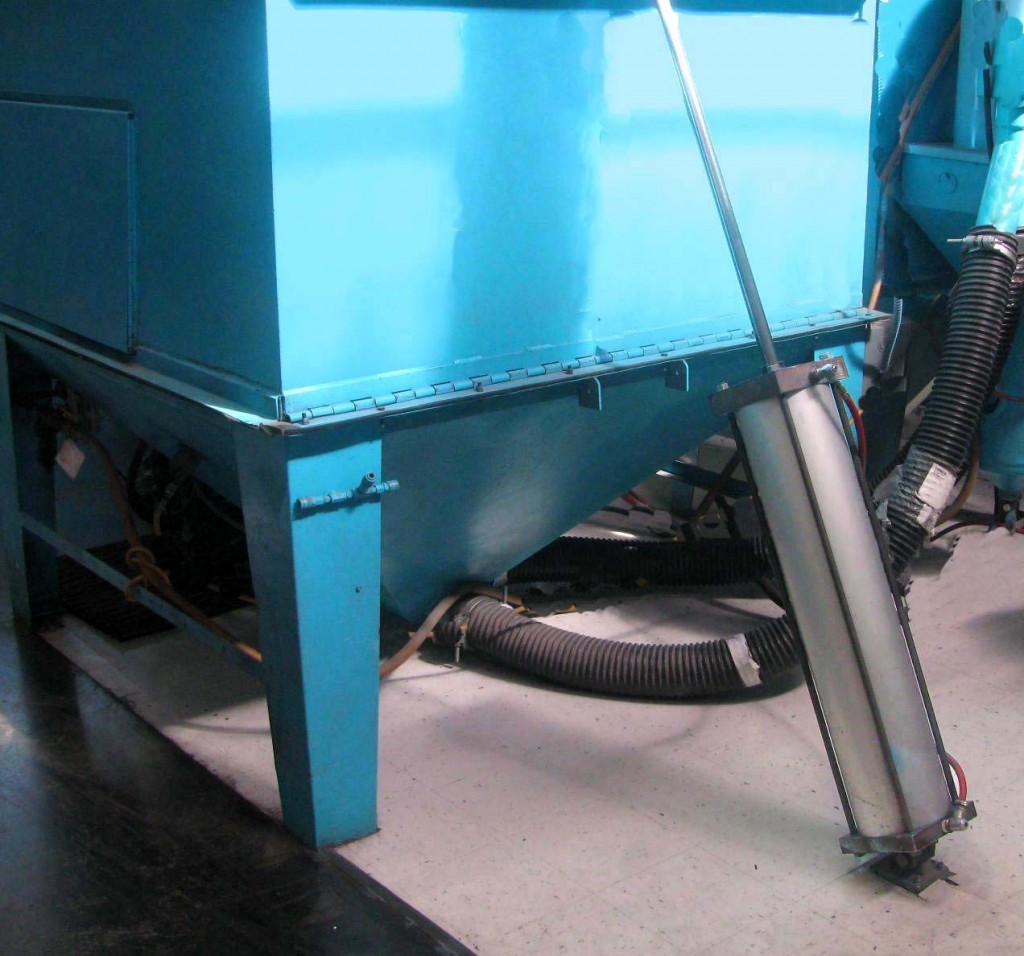 |
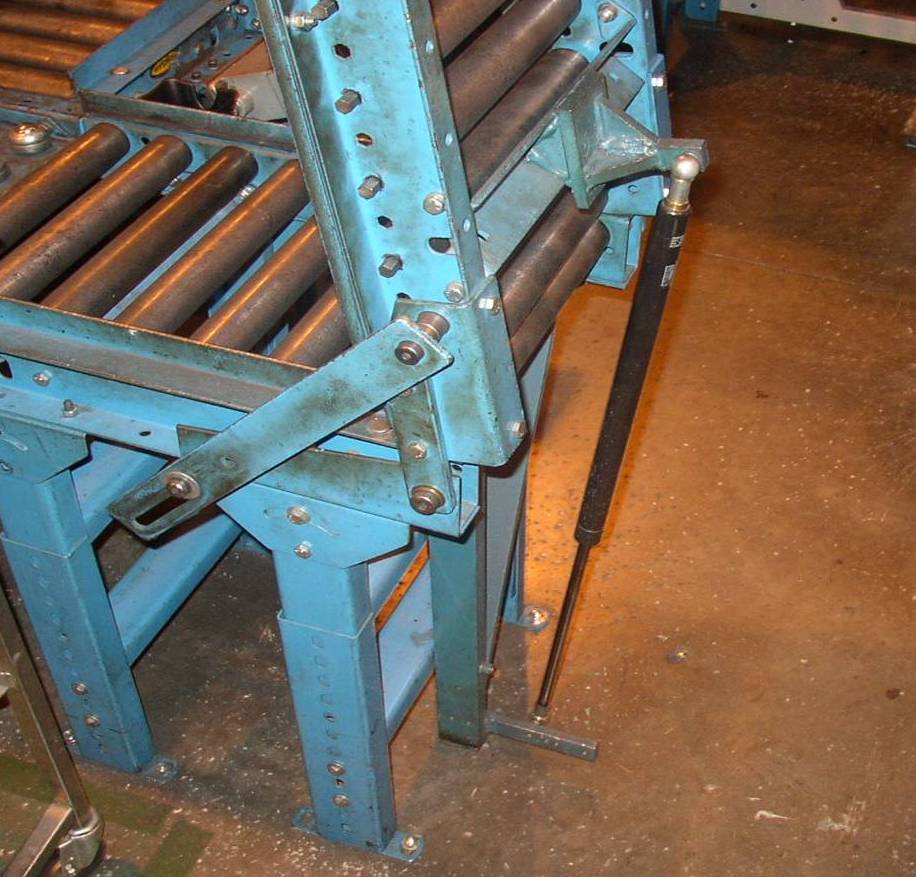 |
| Cylinder for hopper door | Cylinder for conveyor gate |
In industry, a common power assist is a simple air or hydraulic cylinder to help lift heavy objects. (Note in the conveyor gate example above right that the cylinder does not appear to be large enough.)
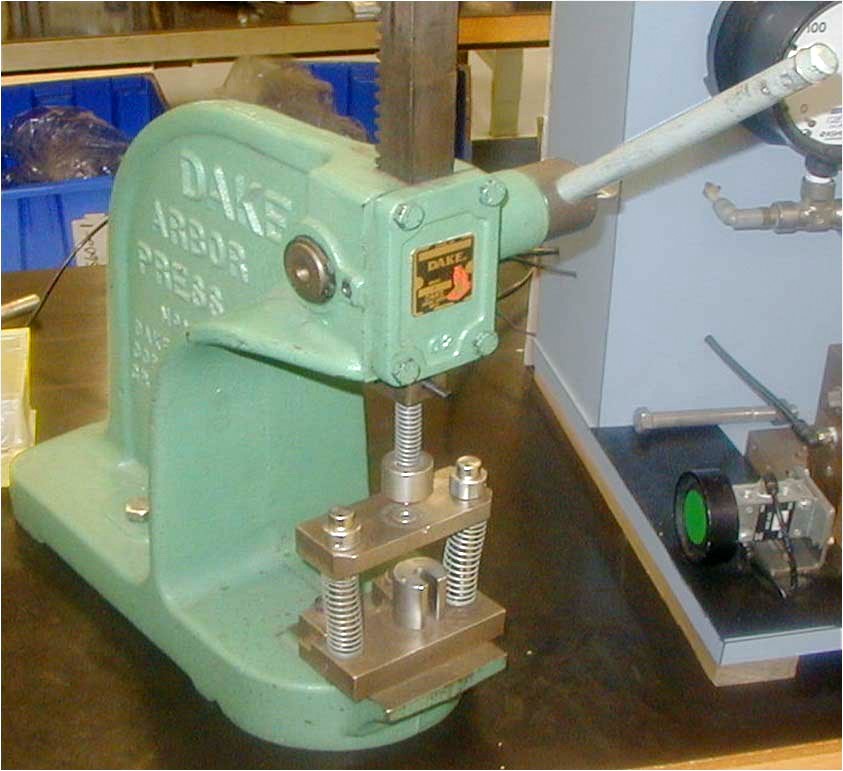 |
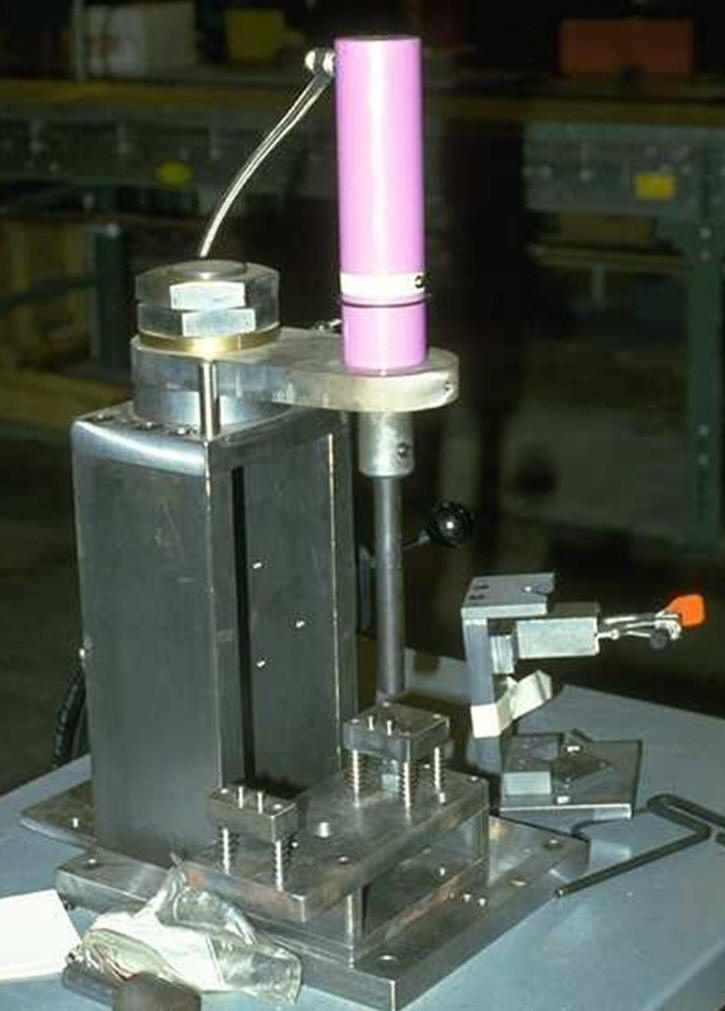 |
| Before: Manual press | After: Air cylinder |
This example shows a manual task improved with a small air cylinder. In cases like this, the distinction between a “power assist” and a “machine” is vague. The point is to consider using a cylinder wherever there is a heavy pull or similar excessive force.
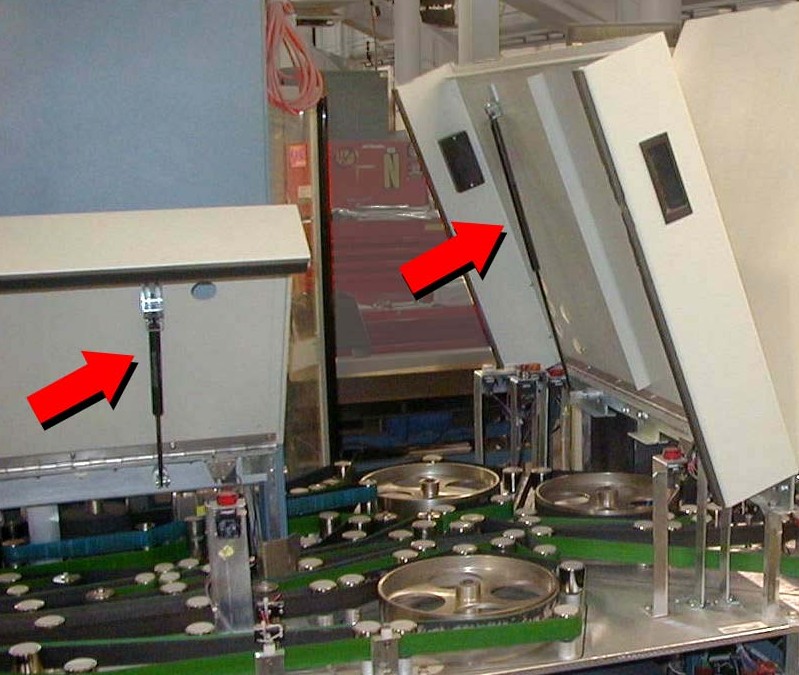 |
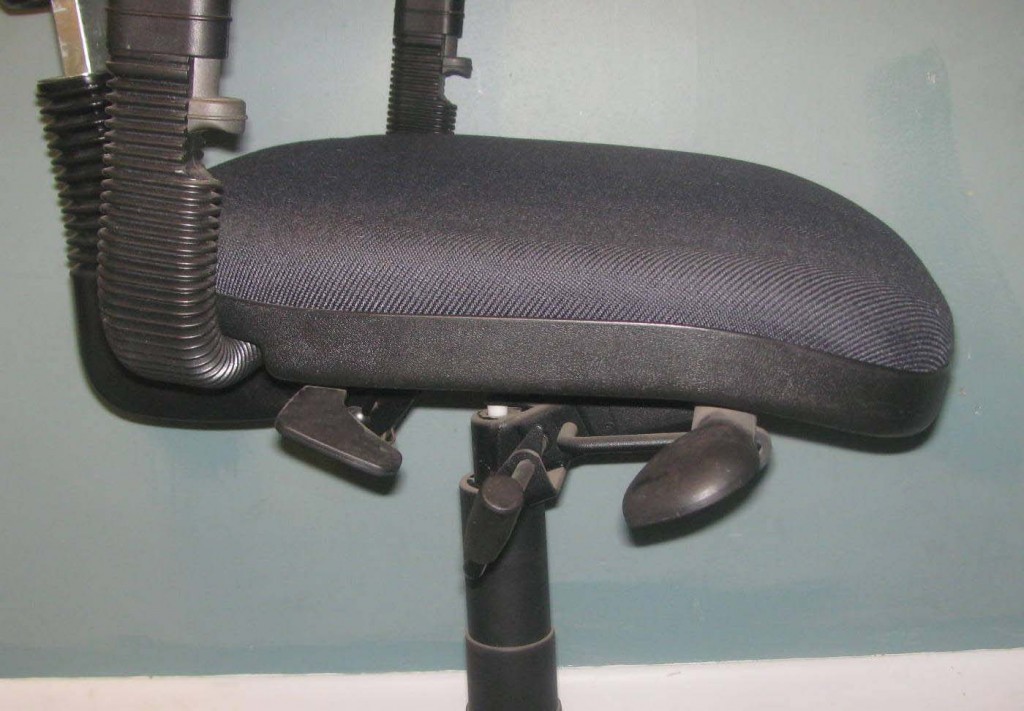 |
| Air cylinders on machine panels | Air cylinder in office chair |
A good use for lightweight cylinders is to help lift top panels of machinery and equipment (or car hoods). Often the tension is set to hold the panels up until they are deliberately pulled back down. Another common use is for office chairs. Note that unpowered air cylinders like these are often referred to using a variety of names usch as “air springs” or “pneumatic lifts.”
Manipulators
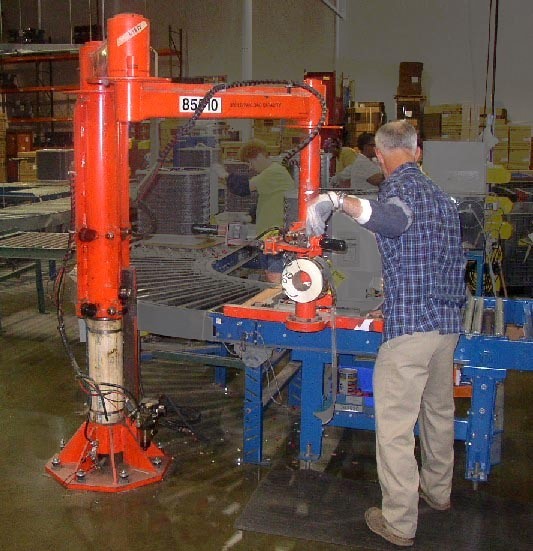 |
| Manipulator arm |
Manipulator arms are a type of power assist. These devices are not machines, in that they cannot move on their own, but must be guided by the human.
